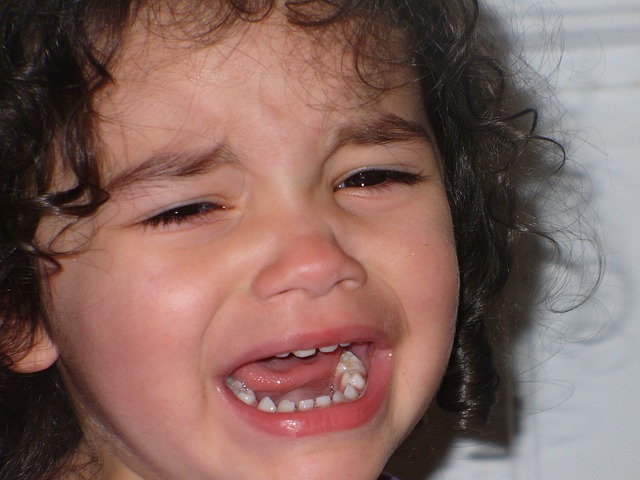Baby circumcision is a surgical procedure that removes the foreskin from the penis. It’s often done to reduce or prevent urinary tract infections and make diaper changing easier for babies.
Circumcisions are typically done during a hospital stay and may also use anesthetic to reduce pain for babies.
What happens during the procedure?
Male Circumcision Melbourne is a surgical procedure that removes the foreskin (hood of skin) from the tip of your baby’s penis. It has traditionally been done for religious or cultural reasons, but may also be used to treat medical conditions like phimosis.
The surgery is quick and relatively painless. To minimize discomfort, anesthetic is administered prior to the procedure to numb the penis area.
At this stage, your baby will be placed in a restraint (pictures 2A-B), and then clamped onto the penis with a scalpel. Your doctor then uses a scalpel to cut away the foreskin and reveal just the tip of the penis (known as the glans).
After the procedure, lubricant is typically applied to the glans to aid healing. Your child should avoid getting wet diapers on the glans as this could irritate the ventral urethral meatus or cause chemical dermatitis that could lead to urethrocutaneous fistula or meatal stenosis. Typically, the glans will be completely healed within one to ten days after being healed.
How the procedure is done
Circumcision has been performed on male newborns for many years and is considered safe with few side effects.
Before a baby is circumcised, doctors usually discuss the advantages and potential risks with his family. Depending on your baby’s individual case, they may also want to know why you have chosen to have him circumcised.
Circumcision for a baby involves injecting local anesthetic into the base of the penis and cleaning its surrounding area. Once secured with a clamp, the doctor then carefully extracts the foreskin.
Typically, this procedure takes around 15 minutes. After, the doctor applies ointment and gauze or a plastic ring over the cut to protect it from rubbing against diapers and reduce irritation.
After the procedure
Following the procedure, your baby may experience some mild fussiness or irritability. This is completely normal and should subside after seven to ten days.
Your healthcare provider may cover the tip of your penis with gauze and petroleum jelly (or ointment) to keep it from sticking to your baby’s diaper. According to Scott, it is best to follow your doctor’s instructions and remove the gauze and apply a fresh piece each time you change your baby’s diaper.
Next, gently wash your son’s penis after each urination to help prevent infection.
Once your son’s penis is fully healed, we recommend giving him sponge baths instead of submerging him in a baby tub.
Your baby’s circumcision typically heals within 7 to 10 days, though it may take up to 6 weeks for the area to return to normal. During this time, expect your child’s penis to be red, swollen and develop a crust of yellow coating (scab). Finally, the plastibell ring should fall off on its own after healing.
What to expect
Most babies can be circumcised as early as two days after delivery, provided they are healthy and free of medical issues that would make the procedure unsafe. Before making any decisions about circumcising your baby, be sure to discuss both its advantages and potential risks with your doctor.
Once the procedure is complete, your doctor will apply ointment to the affected area and wrap it in gauze. Some doctors may even opt for a plastic ring instead of bandage that will fall off on its own.
Your doctor will instruct you to change your baby’s diaper frequently after the procedure and apply a dab of petroleum jelly with each change. Doing this helps keep the circumcised penis from sticking to his diaper.
Your doctor may administer an anesthetic to minimize pain during the operation. They may also give your baby acetaminophen, which helps reduce the intensity of the experience.
